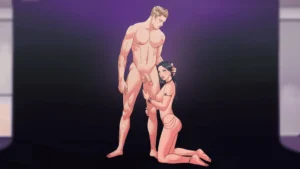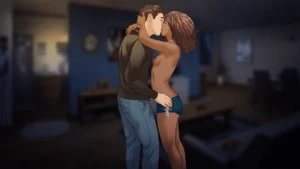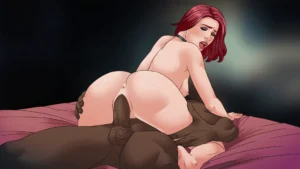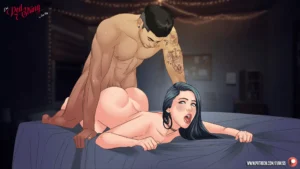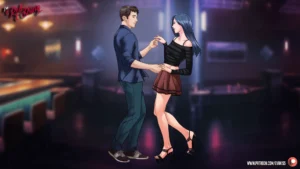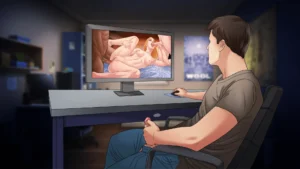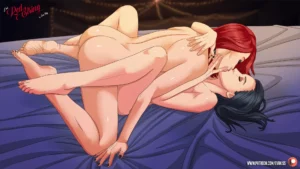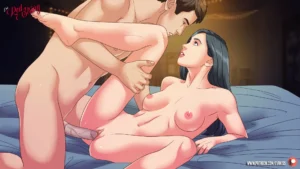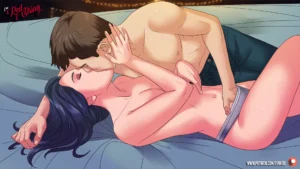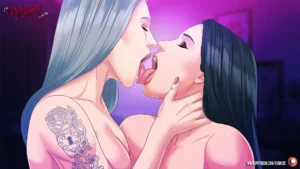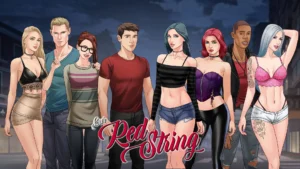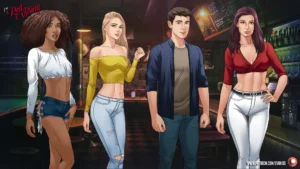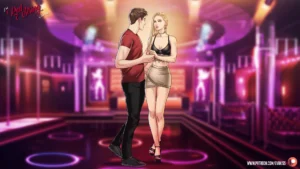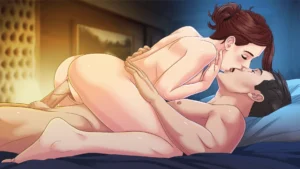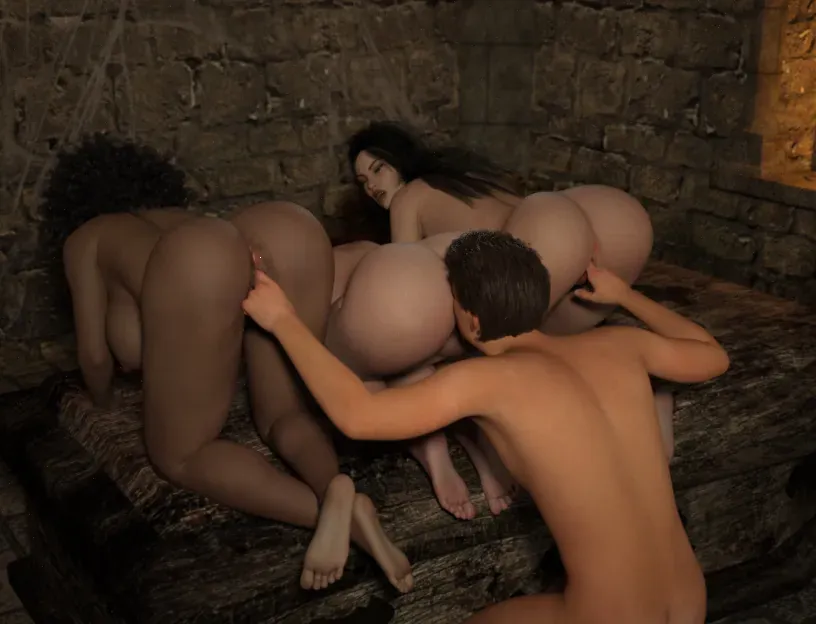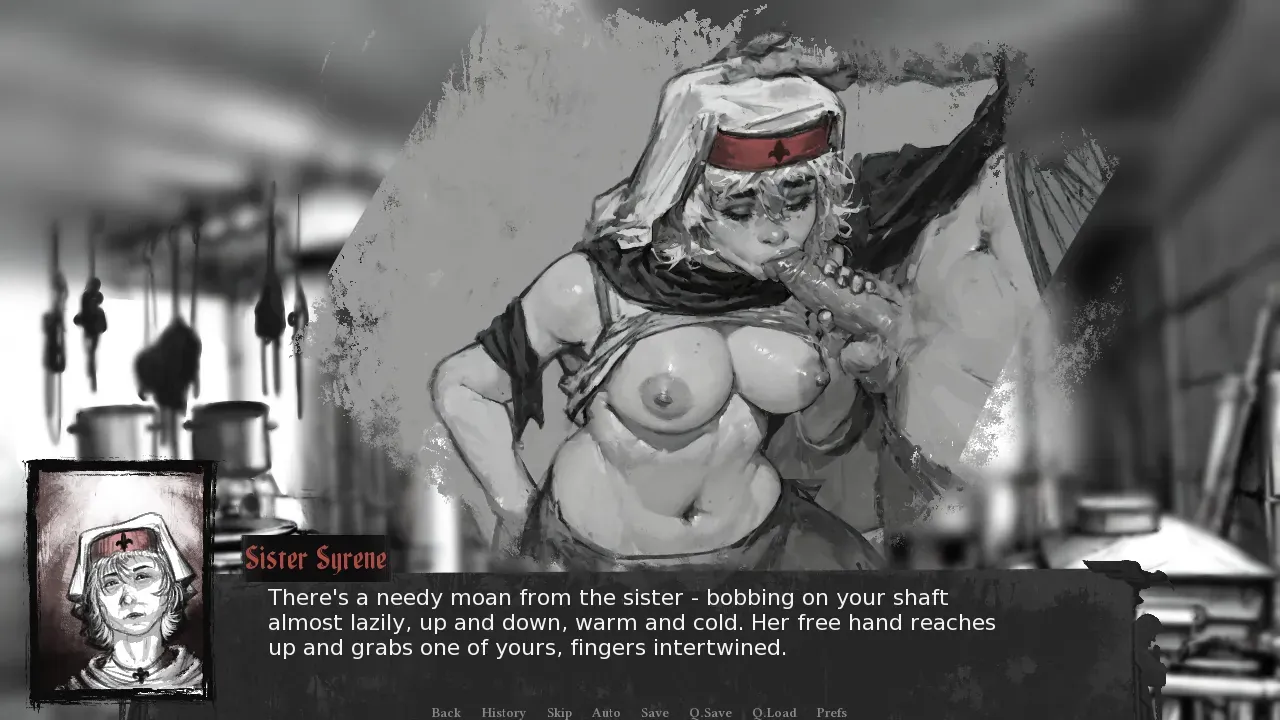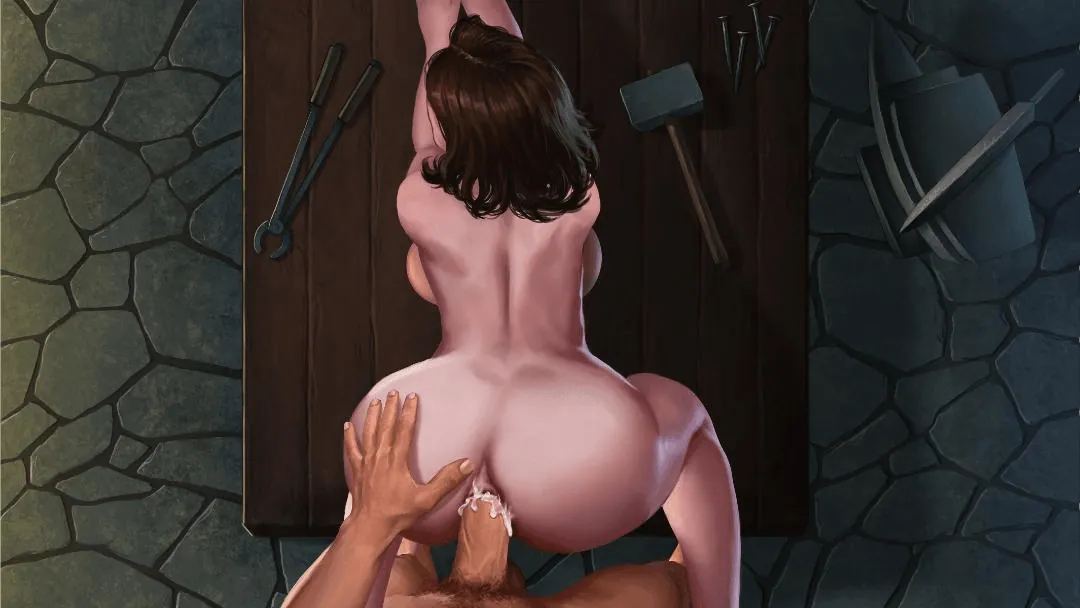
Our Red String
Play Our Red String
Our Red String review
Explore the Story, Choices, and Unique Features of Our Red String
Our Red String offers a unique interactive experience blending narrative depth with meaningful player choices. This game stands out for its branching storylines and character-driven plot, inviting players to explore complex relationships and consequences. Whether you’re new or returning, this guide will walk you through the core elements that make Our Red String engaging and replayable.
Understanding Our Red String: Story and Gameplay
Ever find yourself playing a visual novel where your choices feel… well, pointless? 😒 Like you’re just clicking through to see a pre-determined story? I’ve been there, and it’s why the Our Red String story hit me so hard. This isn’t just another romance game; it’s a raw, intricate exploration of modern life, love, and ambition where every single decision carries genuine weight. 🧵
The Our Red String gameplay is built on a foundation of consequence. From the moment you take control of Ian and Lena, two strangers whose lives are about to intertwine, you realize you’re not just a passenger. You are the architect of their destinies. This is what makes it a standout in the genre of branching narrative game titles. It’s a deeply personal experience that had me restarting chapters not out of frustration, but from a burning curiosity to see how different my story could be.
What Makes Our Red String’s Story Unique? ✨
At its heart, the Our Red String story is a beautifully messy tapestry of human connection. It doesn’t shy away from the complexities of life in a big city—the struggle to pay rent, the pressure of creative dreams, and the quiet loneliness that can exist even when you’re surrounded by people. What sets it apart is its unflinching realism. This isn’t a fairy tale; it’s a slice of life where characters make mistakes, have flawed judgments, and sometimes hurt the people they care about. 😮💨
I remember one playthrough where I had Lena, an aspiring musician, prioritize her gig over a heartfelt promise to Ian. It seemed like a small choice at the time—just a dialogue option. But the ripple effect was massive. It seeded doubt in their relationship, changed how other characters perceived her reliability, and even locked me out of a later, intimate scene that required a high level of trust. The character development in Our Red String is directly fueled by these moments. You don’t just watch Ian and Lena grow; you actively mold their personalities, their morals, and their futures with every interaction.
The game’s setting and supporting cast are not just backdrops; they are active participants. Your choices with side characters can open up new opportunities, create bitter rivals, or close doors forever. This depth is a core part of the Our Red String gameplay, ensuring the world feels alive and reactive to your presence.
How Player Choices Shape the Narrative 🧭
If you’ve ever wondered what a true player choices impact system looks like, look no further. In most games, choices might change a line of dialogue or determine a single ending. In Our Red String, they rewrite the entire script as you go. The game tracks everything—your major decisions, your subtle flirtations, even the seemingly innocent white lies. This creates a branching narrative game experience of staggering complexity.
The player choices impact is both immediate and long-term. A harsh word spoken in Chapter 2 might be brought up in an argument three chapters later. A moment of kindness could result in an unexpected ally appearing when you need help the most. This system made me genuinely pause and think before selecting a response. I wasn’t just trying to “win” the game; I was trying to build a story that felt authentic to the characters I was shaping.
To give you a clearer idea, here’s a table illustrating how some key decisions can steer the narrative in wildly different directions:
| Player Choice | Immediate Consequence | Long-Term Narrative Effect |
|---|---|---|
| As Lena, confess a personal secret to a friend. | Gain a deeper level of friendship and support. | The secret may be revealed later during a conflict, testing the relationship’s strength. Could lead to a fallout or an even stronger bond. |
| As Ian, accept a morally questionable job offer. | Immediate financial gain and career advancement. | Damages Ian’s self-esteem and can negatively affect his relationship with Lena if she discovers it. May close off more ethical career paths. |
| Choose to spend time with one protagonist over the other. | The chosen character’s storyline advances. | The other character may feel neglected, leading to jealousy and relationship strain. Significantly alters the balance of the dual narrative. |
| Lie to cover up a mistake. | Avoids short-term confrontation. | The lie creates a “ticking clock” element. Its eventual discovery often causes far more damage than the original mistake would have. |
This intricate web of cause and effect is the engine of the Our Red String gameplay. It ensures that no two stories are exactly alike, directly contributing to the massive Our Red String replay value. I’ve played through four times, and I’m still discovering new scenes, character dynamics, and outcomes. 🎭
Exploring the Dual-Protagonist Structure 👫
The genius of Our Red String is its commitment to being a dual-protagonist game. You don’t just play as one character observing the other; you actively switch control between Ian and Lena. This isn’t a gimmick—it’s the core of the experience. Seeing the same events, conversations, and relationships from two distinct perspectives is nothing short of revolutionary. 🤯
It forces you to understand both sides of the story. A comment that seemed harmless from Ian’s point of view might be loaded with insecurity and doubt from Lena’s. This structure creates a rich dramatic irony that is both thrilling and, at times, heartbreaking. You, the player, have all the information, while Ian and Lena are left navigating their connection with only half the picture.
Pro Tip: When playing a chapter for the second time, immediately replay it from the other character’s perspective. You’ll be amazed at the hidden thoughts and context you missed the first time around!
Let me give you a concrete example. In one chapter, Ian decides to surprise Lena by cleaning her messy apartment while she’s out. From his perspective, it’s a sweet, romantic gesture. He’s thinking, “She’s been so stressed, this will help her relax.” 🏠❤️
But when you switch to Lena’s perspective later, you see her coming home to the surprise. Instead of joy, she feels a wave of violation and embarrassment. Her internal monologue might reveal: “He went through my things? This wasn’t a mess, it was my system. He thinks I can’t manage my own life.” The same event, two completely different emotional realities. This single interaction can either become a cherished memory or the source of a major argument, and your subsequent choices as both characters will determine the outcome.
This dual-protagonist game mechanic deeply enriches the character development in Our Red String. You develop a unique relationship with both Ian and Lena, understanding their individual fears and desires. It makes you more invested in their relationship as a couple because you’ve built it from both ends. You’re not just watching a romance unfold; you are collaboratively writing it from two separate desks.
The Our Red String story is a masterpiece of interactive storytelling. Its compelling Our Red String gameplay, driven by a profound player choices impact system and innovative dual-protagonist game structure, offers an experience that is as thought-provoking as it is emotionally resonant. The incredible depth of character development in Our Red String and the nearly endless Our Red String replay value cement its status as a must-play for anyone who believes in the power of stories. It’s more than a game; it’s a world you get to live in, shape, and fall in love with, over and over again. 🌟
Our Red String delivers a compelling interactive experience through its intricate storytelling and meaningful player decisions. The dual-protagonist design and branching paths invite players to explore diverse outcomes, making each playthrough unique. Whether you enjoy deep character exploration or strategic choice-making, Our Red String offers a rich, replayable journey. Dive in and discover the many stories waiting to unfold.


